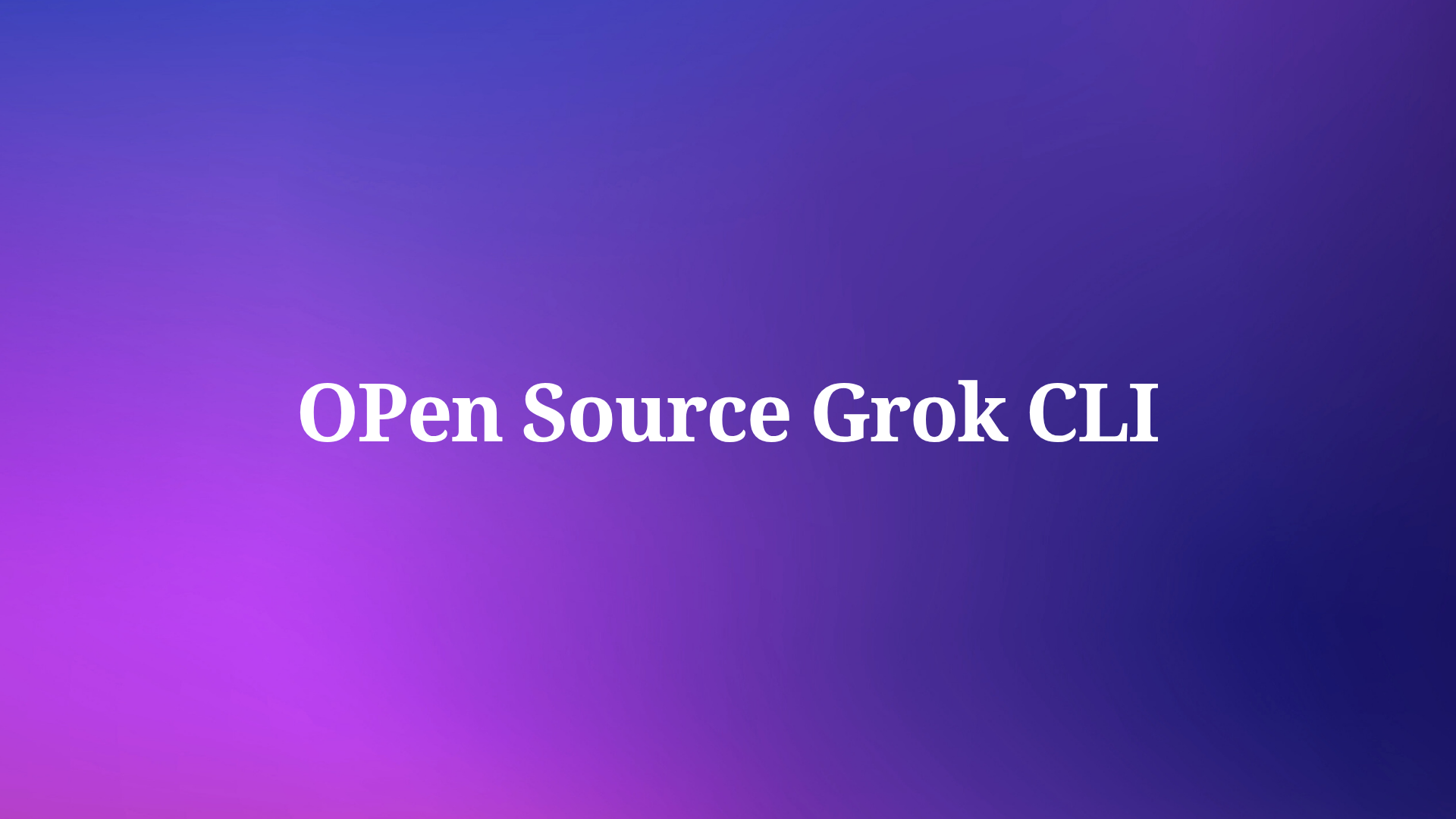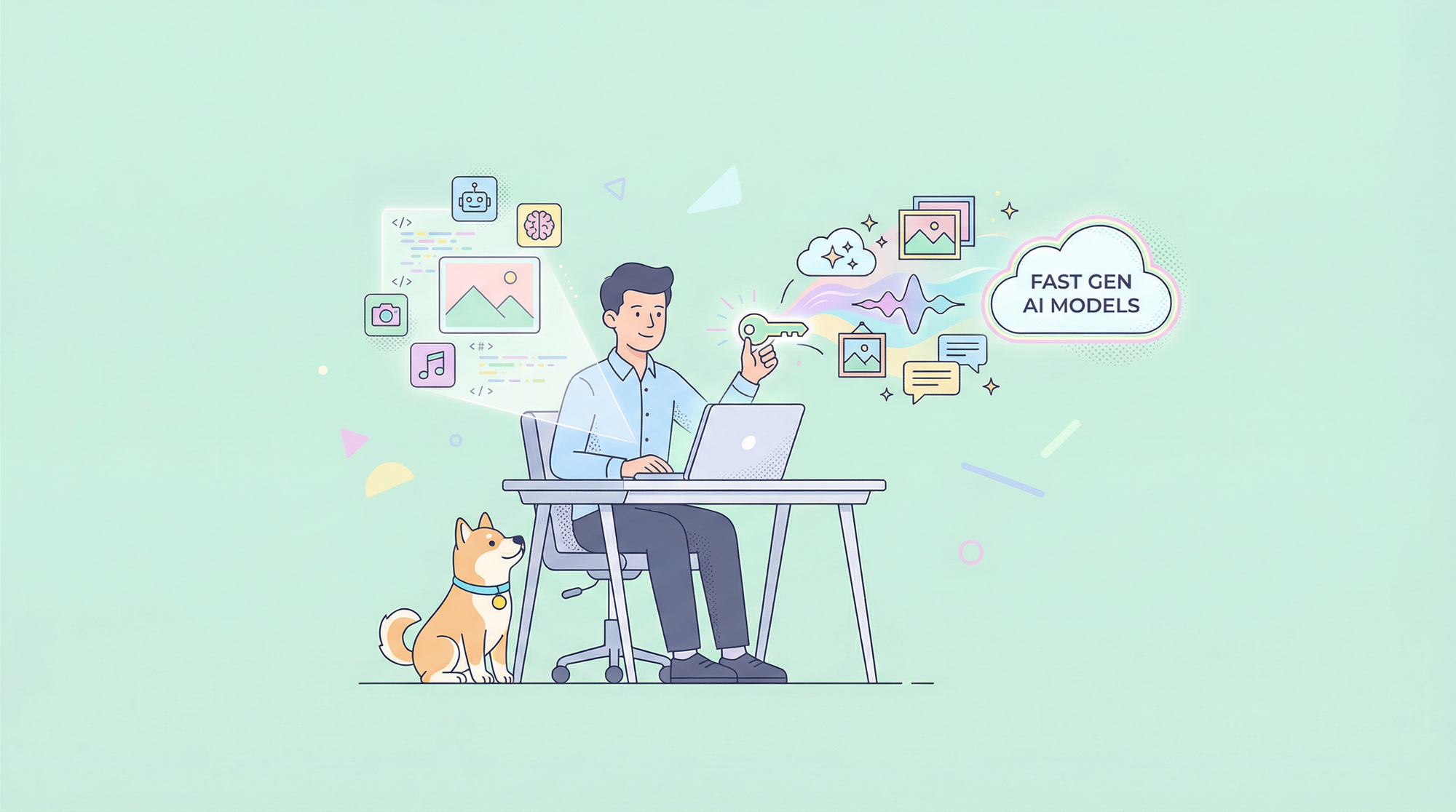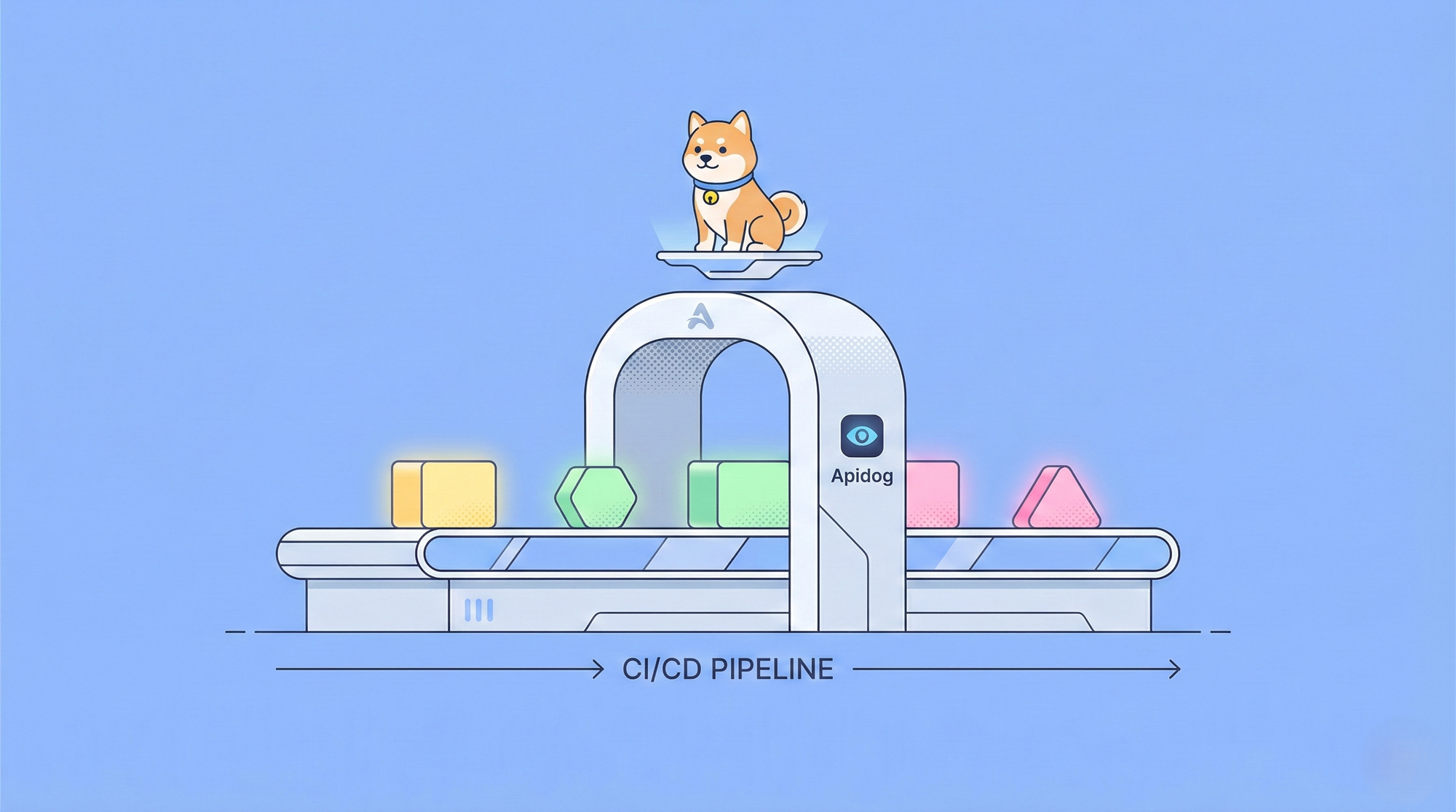Modern developers constantly seek tools that streamline their workflow while maintaining the precision required for complex projects. Command-line interfaces remain the backbone of software development, yet they often lack the intelligent assistance needed for today's rapid development cycles. This creates friction between developer productivity and the need for sophisticated code analysis.
Enter Grok CLI, an open-source AI agent that brings the power of xAI's Grok directly into your terminal environment. This command-line AI workflow tool connects to your tools, understands your code and accelerates your workflows. Furthermore, it represents a significant shift in how developers interact with artificial intelligence within their existing development environments.
Understanding the Core Architecture of Grok CLI
The foundation of Grok CLI lies in its ability to maintain context across terminal sessions while providing direct access to advanced AI capabilities. Unlike traditional CLI tools that operate in isolation, this system creates a persistent dialogue between developers and the AI model.

The tool transforms your command line into an AI-powered co-pilot that remembers conversation context while you work. This contextual awareness proves crucial when working on complex projects that require understanding of multiple files, dependencies, and architectural decisions.
The architecture supports integration with existing development tools, making it possible to incorporate AI assistance without disrupting established workflows. Developers can maintain their preferred terminal environment while gaining access to intelligent code analysis, generation, and debugging capabilities.
Key Technical Features That Set Grok CLI Apart
The technical implementation of Grok CLI includes several distinctive features that differentiate it from other terminal-based AI tools. Users can query and edit large codebases in and beyond Grok's 1M token context window, providing unprecedented scope for project-wide analysis and modifications.
Moreover, the system enables developers to generate complete applications from natural language prompts. This capability extends beyond simple code snippets to encompass full project structures, configuration files, and deployment scripts. The AI understands not just individual code components but entire application architectures.
The tool also supports custom instruction sets that can be tailored to specific project requirements. These custom instructions are added to Grok's system prompt and take priority over default behavior, allowing teams to maintain consistent coding standards and practices across all AI-generated content.
Installation and Initial Configuration Process
Setting up Grok CLI requires careful attention to system requirements and authentication procedures. The installation process varies depending on your operating system, but the core steps remain consistent across platforms.
First, ensure your system meets the minimum requirements for running the CLI tool. This includes having Node.js installed along with appropriate permissions for terminal applications. The installation typically involves cloning the repository from the official GitHub source and running the provided setup scripts.

Authentication configuration represents a critical step in the setup process. Users must obtain proper API credentials from xAI and configure them within the CLI environment. This authentication enables secure communication between the local terminal and the remote AI services.
After successful installation, initial configuration involves setting up project-specific parameters and preferences. These settings determine how the AI interprets your codebase and responds to various types of queries. Proper configuration ensures optimal performance and relevant responses for your specific development context.
Configuring Project-Specific Settings
Project configuration in Grok CLI goes beyond basic setup to include detailed customization options. Developers can define coding standards, preferred frameworks, and architectural patterns that the AI should follow when generating or analyzing code.
The configuration files support various formats including JSON and YAML, making it easy to integrate with existing project management tools. These files can be version-controlled alongside your codebase, ensuring consistent AI behavior across team members and deployment environments.
Advanced configuration options include setting up custom prompts for specific file types, defining code review criteria, and establishing integration points with external tools. This level of customization allows teams to create tailored AI assistance that aligns with their specific development methodologies.
Integration Strategies with Modern Development Workflows
Successfully incorporating Grok CLI into existing development workflows requires strategic planning and careful consideration of team dynamics. The tool works best when integrated gradually, allowing developers to become familiar with its capabilities without disrupting critical development processes.
Continuous integration and deployment pipelines can benefit significantly from Grok CLI integration. The AI can perform automated code reviews, generate test cases, and identify potential deployment issues before they reach production environments. This proactive approach reduces debugging time and improves overall code quality.
Version control integration allows Grok CLI to understand project history and evolution over time. The AI can analyze commit patterns, identify recurring issues, and suggest process improvements based on historical development data.
API Development and Testing Integration
The intersection of Grok CLI with API development tools creates powerful synergies for modern development teams. While Grok CLI handles intelligent code generation and analysis, complementary tools like Apidog provide comprehensive API testing and documentation capabilities.
Apidog enables seamless integration into existing development workflows with CLI tools provided to integrate testing capabilities. This combination allows developers to generate API implementations using Grok CLI while simultaneously creating comprehensive test suites and documentation through Apidog.

The workflow typically involves using Grok CLI to generate API endpoints, service layers, and data models, followed by automated test generation and API documentation through Apidog's platform. This integrated approach ensures that code generation is immediately accompanied by proper testing and documentation.
Developers can establish automated pipelines where Grok CLI generates code based on specifications, while Apidog validates the generated APIs through comprehensive testing scenarios. This dual-tool approach significantly reduces the time between concept and deployment while maintaining high quality standards.
Performance Optimization and Resource Management
Managing computational resources effectively becomes crucial when working with AI-powered development tools. Grok CLI's performance depends on several factors including network connectivity, query complexity, and the size of the codebase being analyzed.
Optimizing query patterns can significantly improve response times and reduce API costs. Developers should structure their interactions to maximize the value of each API call while minimizing redundant requests. This involves batching related queries and maintaining local context when possible.
Resource management also includes understanding the limitations of the AI model and working within those constraints effectively. The large context window provides substantial capabilities, but developers must still consider token limits when working with extremely large codebases or complex analysis tasks.
Monitoring and Analytics for Development Teams
Implementing monitoring and analytics for Grok CLI usage helps teams understand adoption patterns and identify optimization opportunities. Tracking metrics such as query types, response times, and code generation success rates provides valuable insights for process improvement.
Teams can establish dashboards that monitor AI assistance effectiveness, measuring factors such as code quality improvements, development velocity increases, and bug reduction rates. This data-driven approach enables continuous refinement of AI integration strategies.
Advanced analytics can identify patterns in developer interactions with the AI, highlighting areas where additional training or process adjustments might be beneficial. This feedback loop ensures that AI integration continues to provide value as teams and projects evolve.
Security Considerations and Data Protection
Implementing Grok CLI in enterprise environments requires careful attention to security protocols and data protection measures. The tool processes potentially sensitive source code and project information, making security a paramount concern for organizations.
Data transmission security involves ensuring that all communications between the local terminal and remote AI services use appropriate encryption protocols. Organizations should verify that their security policies align with the data handling practices of the AI service provider.
Access control mechanisms must be established to prevent unauthorized use of the CLI tool. This includes implementing proper authentication systems, role-based access controls, and audit logging for all AI interactions within the development environment.
Compliance and Governance Frameworks
Enterprise adoption of Grok CLI requires establishing governance frameworks that address compliance requirements and regulatory considerations. Organizations must evaluate how AI-generated code fits within their existing code review and approval processes.
Documentation requirements for AI-assisted development may differ from traditional development practices. Teams should establish clear policies regarding the attribution of AI-generated code and the review processes required before such code enters production systems.
Regular security assessments should be conducted to ensure that AI integration doesn't introduce new vulnerabilities or compromise existing security measures. This includes evaluating the AI's code generation patterns for potential security weaknesses and establishing automated scanning procedures.
Conclusion
Grok CLI represents a significant advancement in terminal-based development tools, offering capabilities that can transform how developers approach code creation, analysis, and maintenance. The tool's strength lies in its ability to maintain context across complex development tasks while providing intelligent assistance that adapts to specific project requirements.
Successful implementation requires careful planning, gradual adoption, and integration with complementary tools that enhance the overall development workflow. The combination of AI-powered code generation with robust testing and API development platforms creates a comprehensive solution for modern development challenges.




